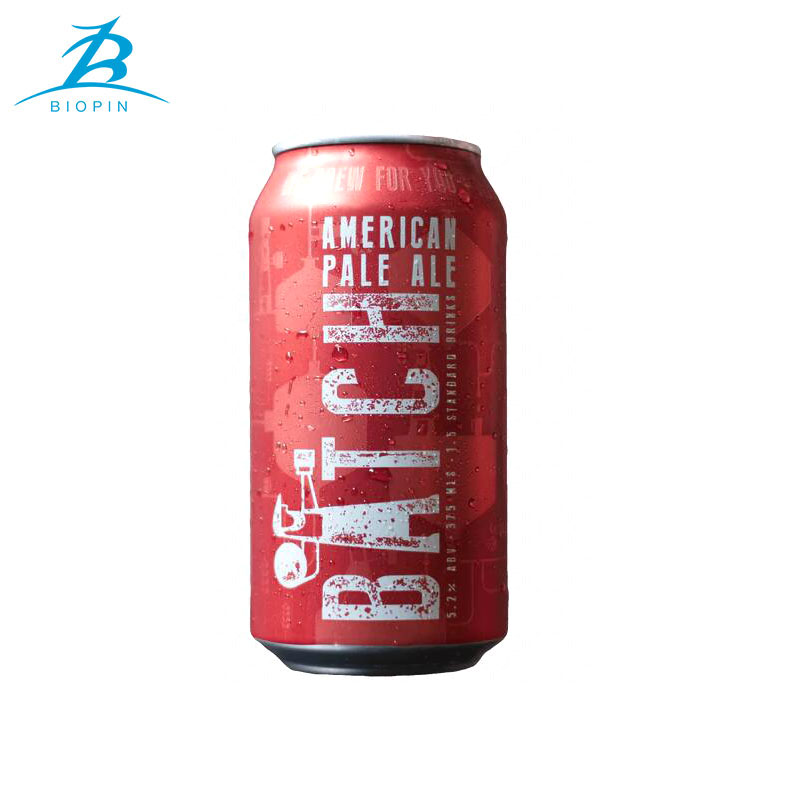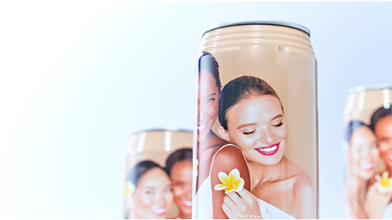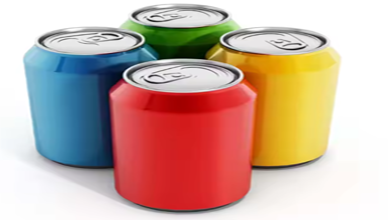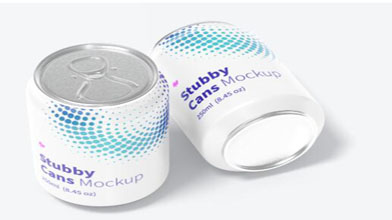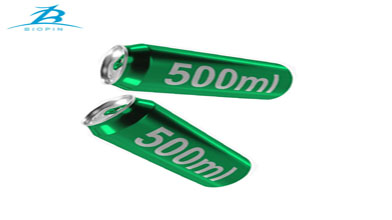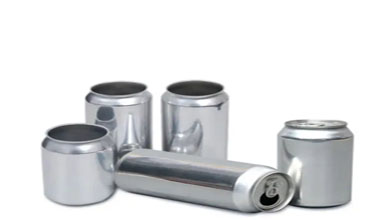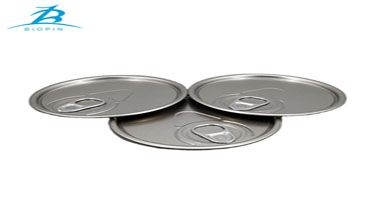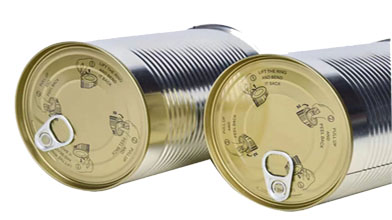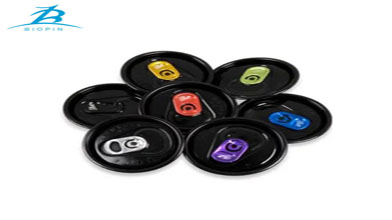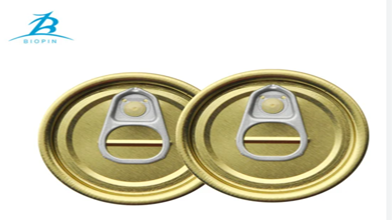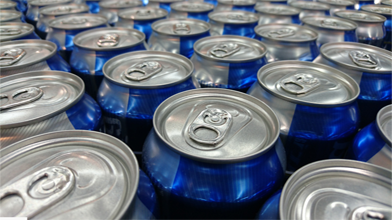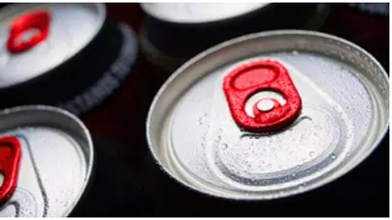Understanding the Difference between ETP and TFS in Tinplate Lids
Sep 28, 2024
Tinplate lids, commonly used in the packaging industry, play a crucial role in preserving the freshness and quality of various products. Among the different materials used for tinplate lids, ETP (Electrolytic Tinplate) and TFS (Tin-Free Steel) are widely used and offer distinct properties. In this blog post, we will explore the differences between ETP and TFS in tinplate lids, helping you understand their unique characteristics and applications.
Overview of ETP:
ETP, or Electrolytic Tinplate, is a thin steel sheet coated with a layer of tin through an electrolytic process. The tin coating provides several advantages, including excellent corrosion resistance, high solderability, and good formability. ETP's smooth and shiny surface enhances the visual appeal of the tinplate lids and offers a protective barrier against moisture and other environmental factors. It is commonly used in food and beverage packaging, where the tin coating acts as a reliable barrier to prevent interactions between the contents and the metal.
Distinct Features of TFS:
TFS, or Tin-Free Steel, is a steel sheet with a metallic coating, typically made of chromium or chromium oxide, instead of tin. Unlike ETP, TFS does not have a tin layer and offers unique properties that make it suitable for specific applications. TFS provides excellent strength, making it more resistant to scratches and abrasions compared to ETP. It is commonly used in the production of easy-open lids, which require durability and resistance to external impacts. TFS lids are widely employed in the packaging of non-food items such as aerosol cans, paint cans, and metal containers that require robust protection.
Comparison between ETP and TFS:
Coating: ETP is coated with a layer of tin, while TFS utilizes a metallic coating, such as chromium or chromium oxide.
Corrosion Resistance: ETP's tin coating provides superior corrosion resistance, making it ideal for food and beverage packaging. TFS, on the other hand, relies on its metallic coating to offer protection against corrosion.
Surface Appearance: ETP offers a shiny and reflective surface due to its tin coating, contributing to an attractive visual appearance. TFS, without a tin layer, usually has a matte or metallic finish.
Applications: ETP is commonly used in the production of tinplate lids for food and beverage packaging, where the interaction between the contents and the metal must be minimized. TFS finds applications in non-food packaging that requires strength, such as aerosol cans and paint cans.
In conclusion, ETP and TFS are two distinct materials used in the manufacturing of tinplate lids. ETP offers excellent corrosion resistance, high solderability, and an attractive surface finish, making it suitable for food and beverage packaging. On the other hand, TFS provides exceptional strength and durability, making it ideal for non-food packaging applications. Understanding the differences between ETP and TFS enables manufacturers to choose the appropriate material for their specific packaging requirements. When it comes to tinplate lids, selecting the right material ensures optimal performance, visual appeal, and functionality.
